Fractional Dimensions Study Guide
Fractional dimensions are a concept in mathematics that extends the idea of whole number dimensions to include non-integer or fractional dimensions. In the context of geometry, fractional dimensions can describe objects that do not fit neatly into traditional 1D, 2D, or 3D categories.
Understanding Fractional Dimensions
To understand fractional dimensions, it's helpful to think about the concept of fractals. Fractals are complex geometric shapes that can be split into parts, each of which is a reduced-scale copy of the whole. One of the key properties of fractals is their fractional dimensions, which can be a non-integer value.
Calculating Fractional Dimensions
The concept of fractional dimensions can be calculated using a mathematical tool called the Hausdorff dimension. The Hausdorff dimension is a generalization of the concept of dimension and can be used to describe the "roughness" or "irregularity" of a set in a metric space. It provides a way to measure the size of a set in a way that allows for non-integer dimensions.
Examples of Fractional Dimensions
One classic example of a fractal with a fractional dimension is the Koch snowflake, which has a dimension of approximately 1.2619. Another example is the Sierpinski triangle, which also has a fractional dimension. These shapes demonstrate how fractional dimensions can be used to describe complex, self-similar geometric patterns.
Study Tips
- Explore different types of fractals and their associated fractional dimensions.
- Practice calculating fractional dimensions using the Hausdorff dimension formula.
- Use visualizations and computer software to create and analyze fractal shapes.
- Read about the history and significance of fractional dimensions in mathematics and geometry.
◂Math Worksheets and Study Guides Fourth Grade. Measurement

 Activity Lesson
Activity Lesson
 Activity Lesson
Activity Lesson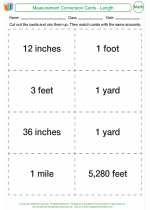
 Activity Lesson
Activity Lesson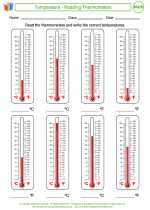
 Worksheet/Answer key
Worksheet/Answer key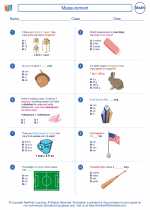
 Worksheet/Answer key
Worksheet/Answer key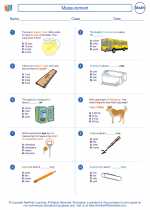
 Worksheet/Answer key
Worksheet/Answer key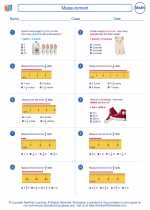
 Worksheet/Answer key
Worksheet/Answer key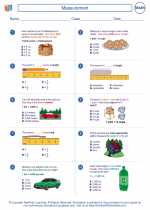
 Worksheet/Answer key
Worksheet/Answer key
 Worksheet/Answer key
Worksheet/Answer key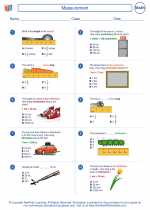
 Worksheet/Answer key
Worksheet/Answer key
 Worksheet/Answer key
Worksheet/Answer key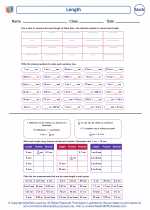
 Worksheet/Answer key
Worksheet/Answer key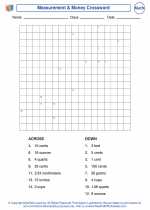
 Worksheet/Answer key
Worksheet/Answer key
 Vocabulary/Answer key
Vocabulary/Answer key
 Vocabulary/Answer key
Vocabulary/Answer key
 Vocabulary/Answer key
Vocabulary/Answer key
